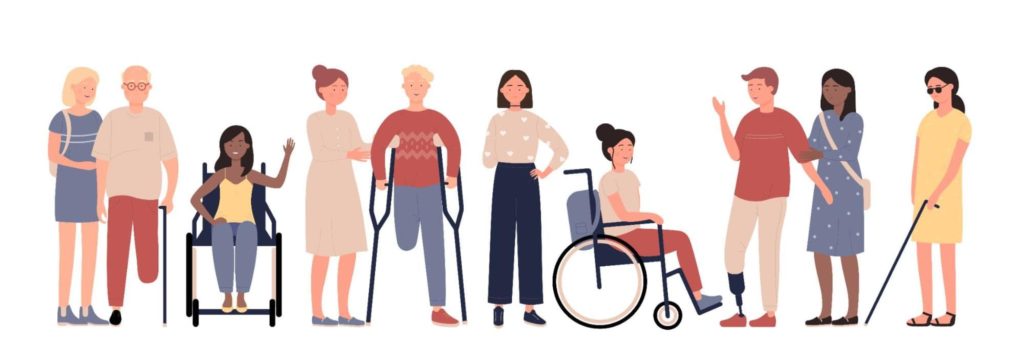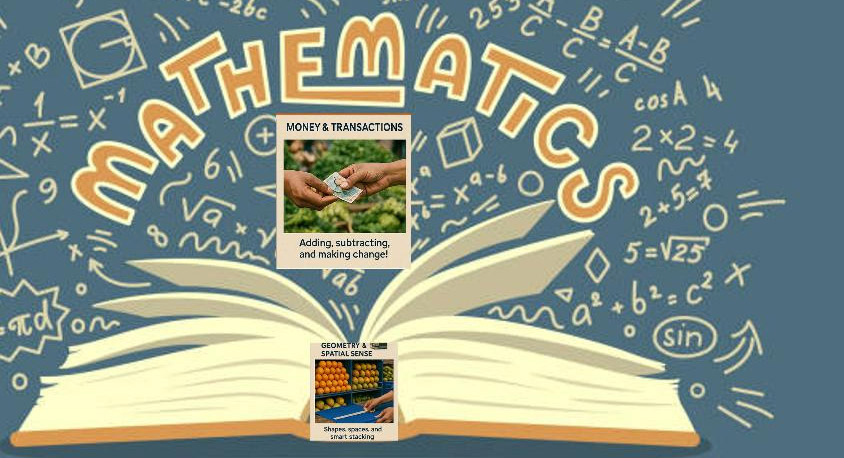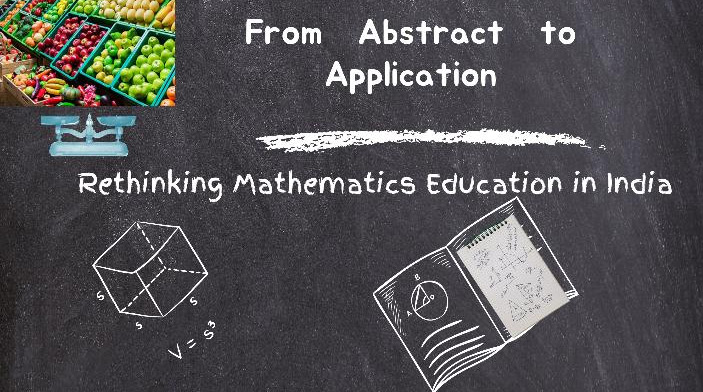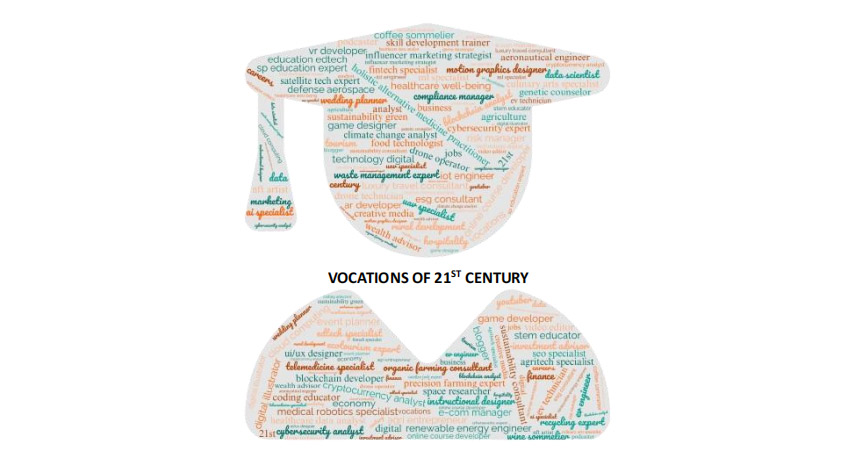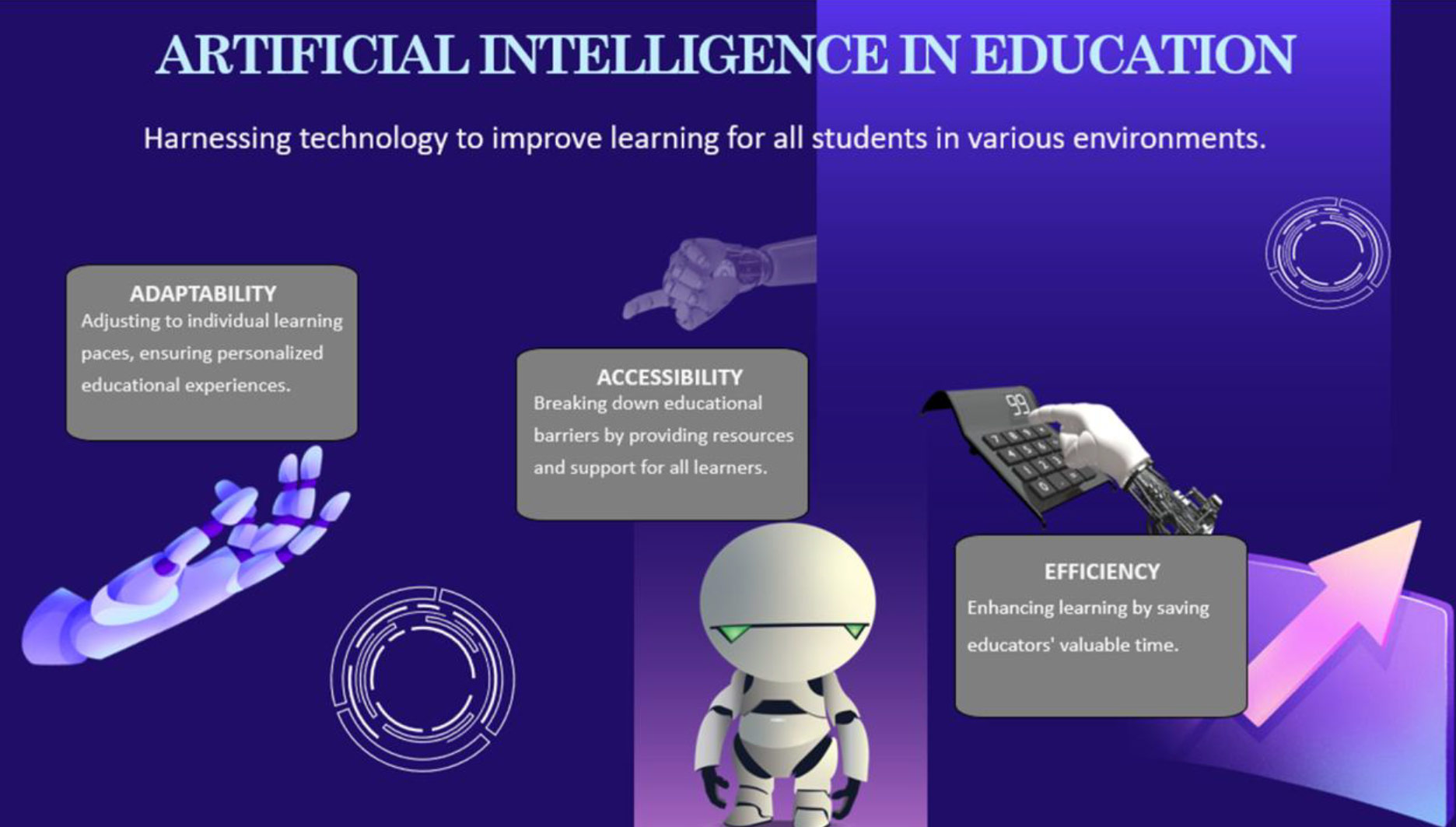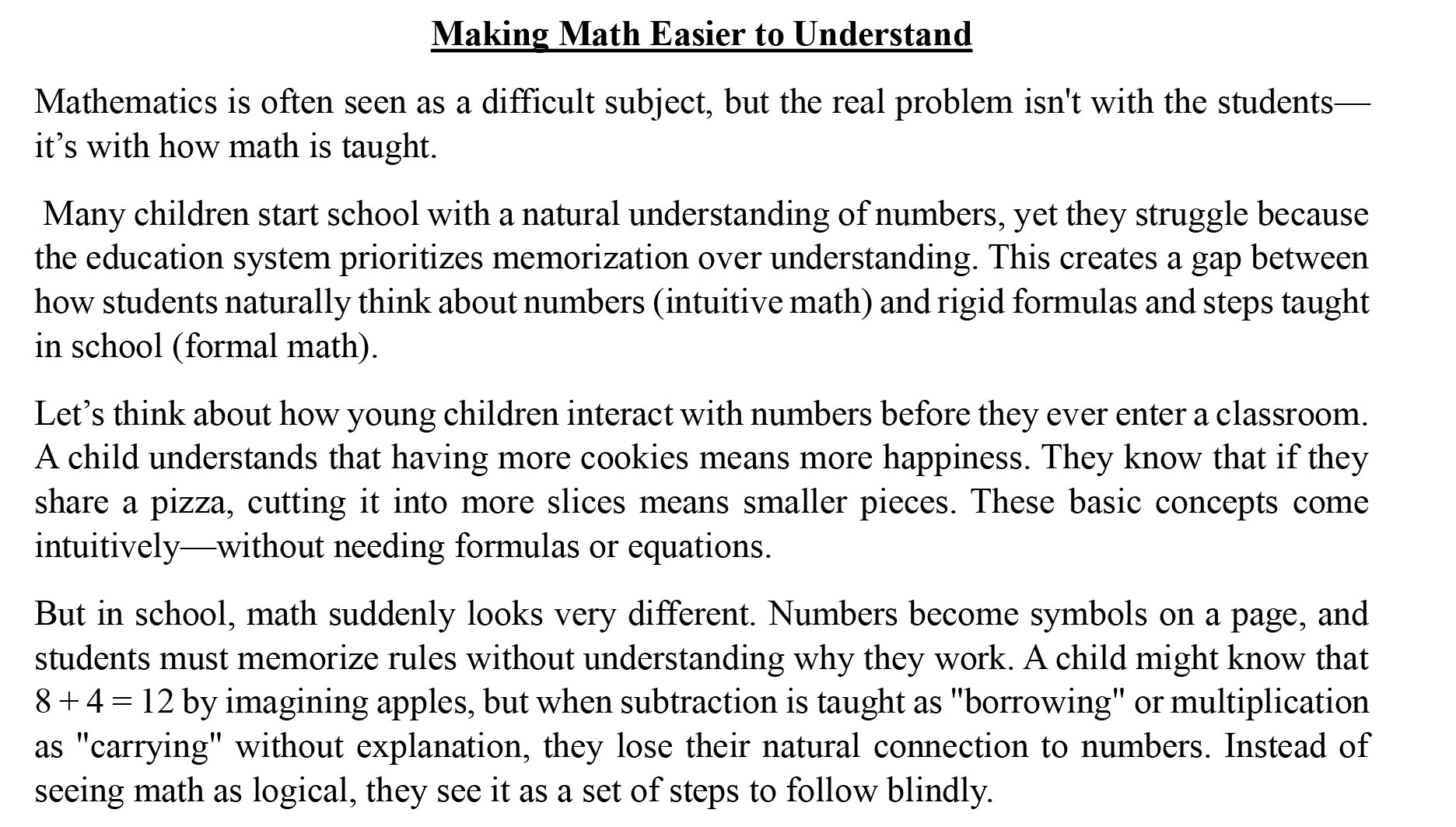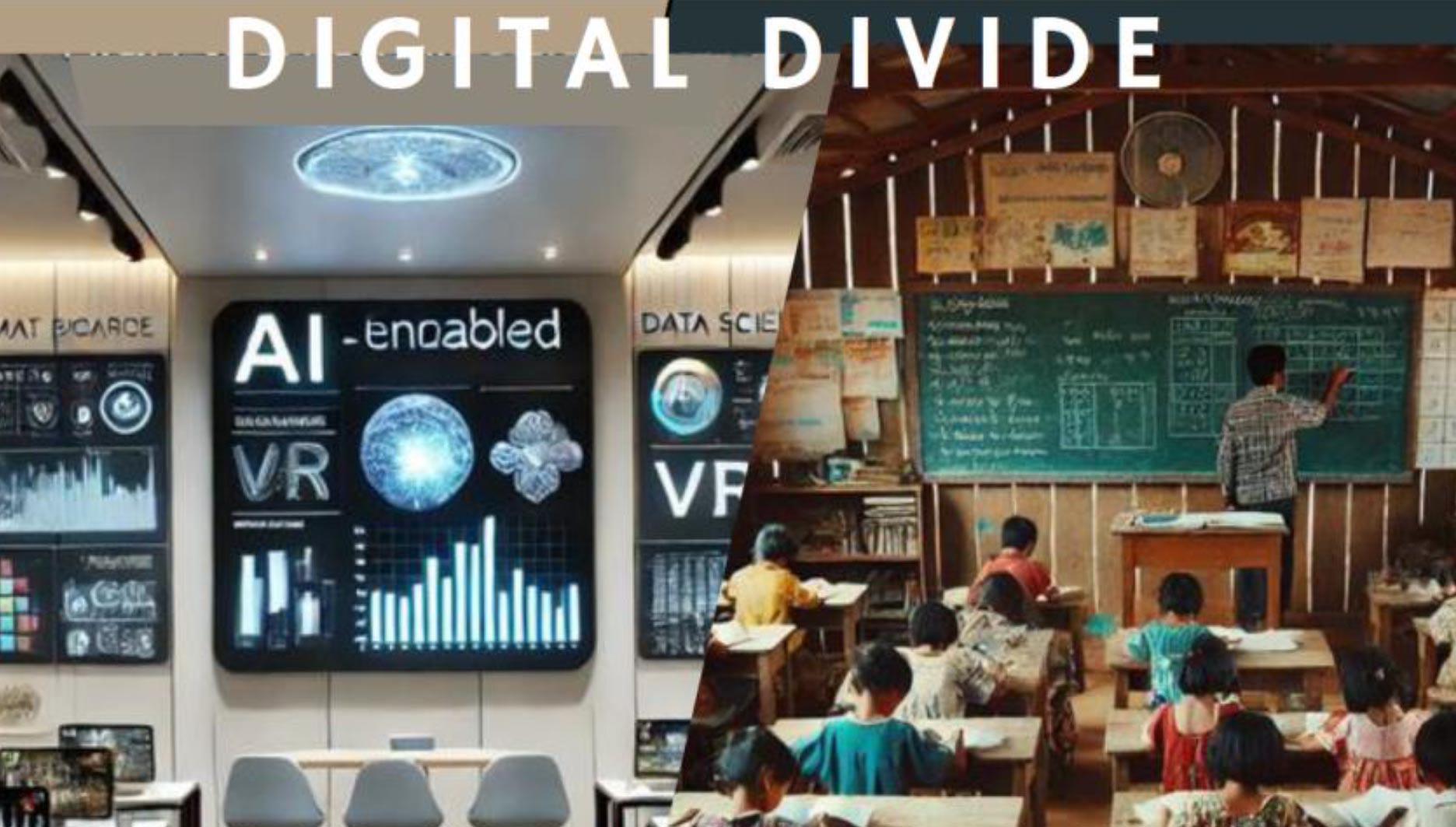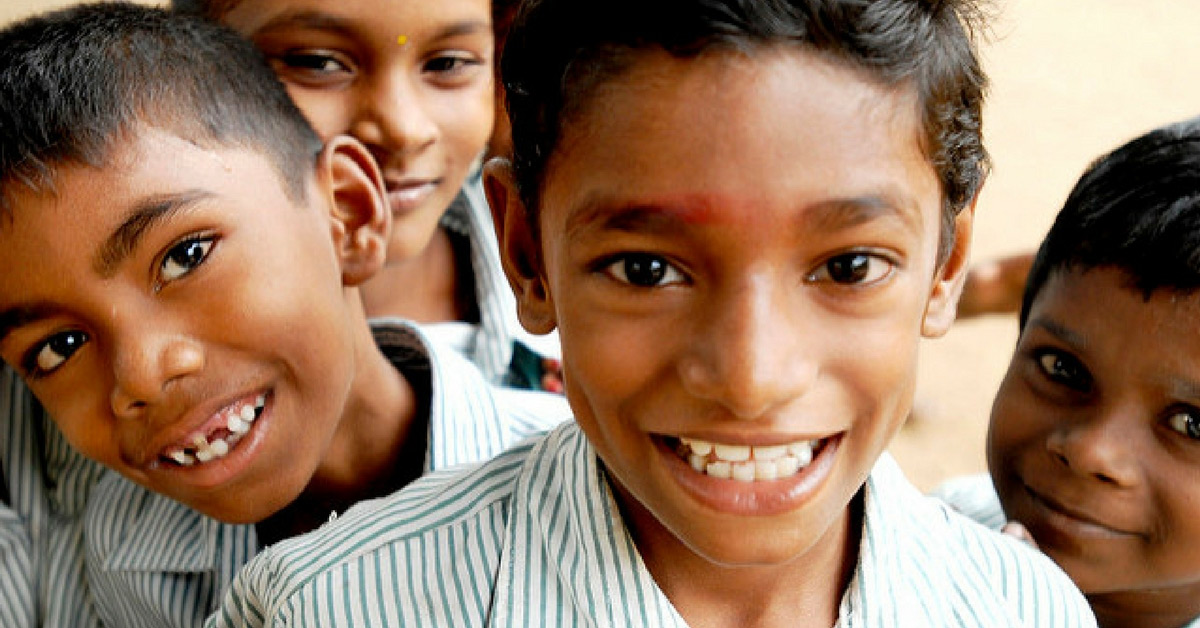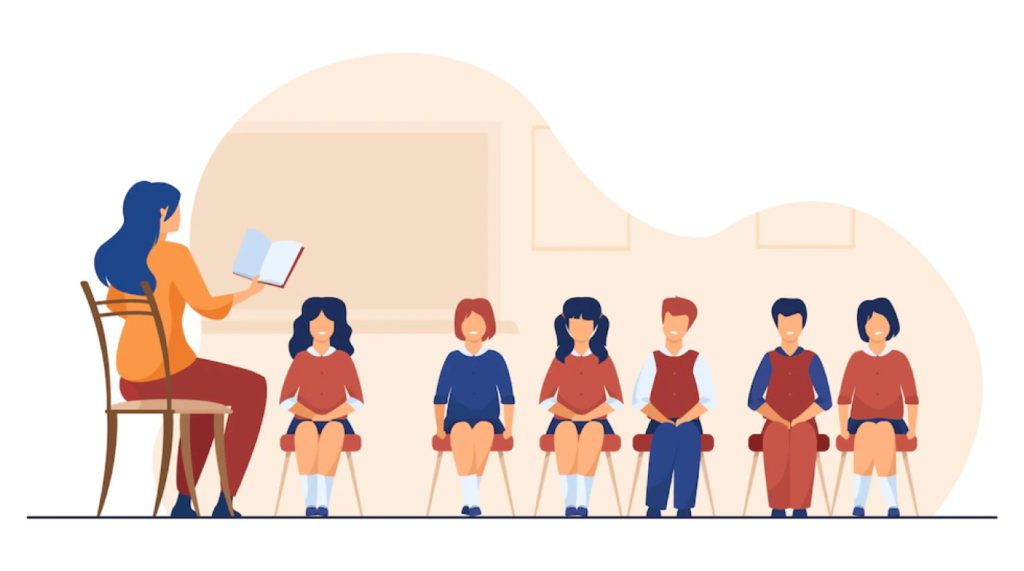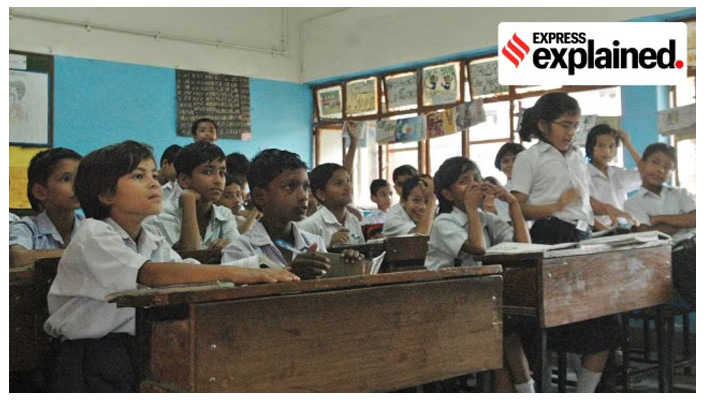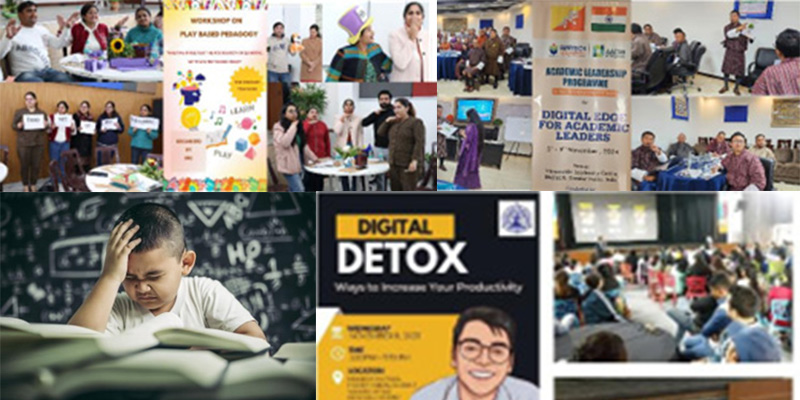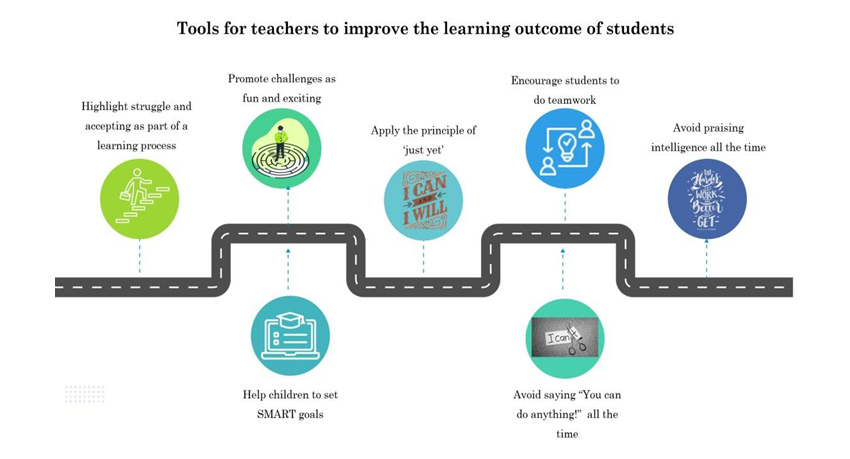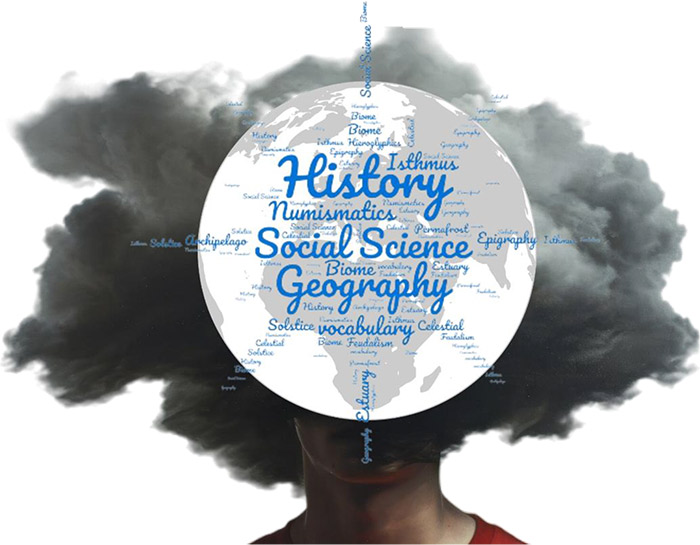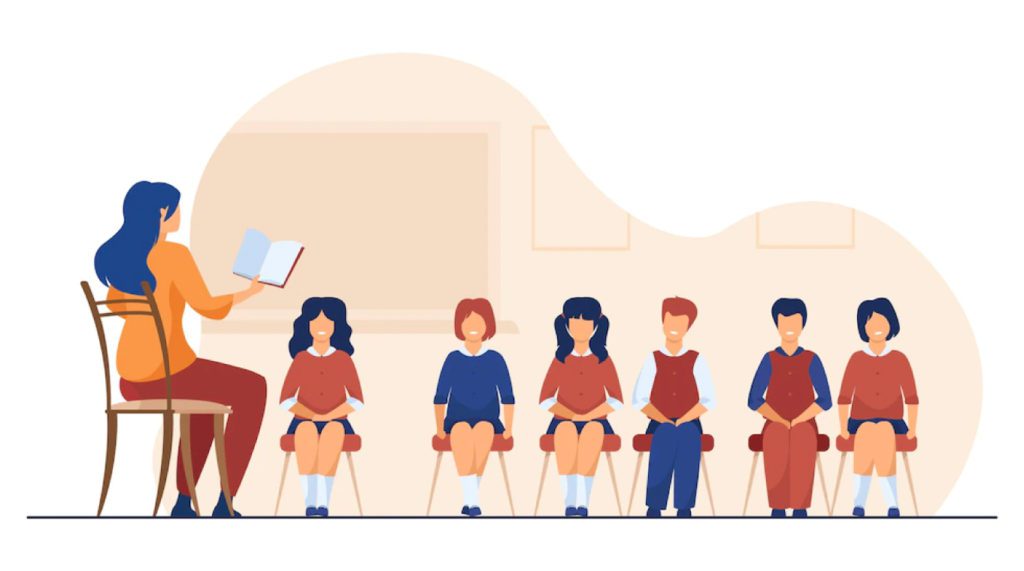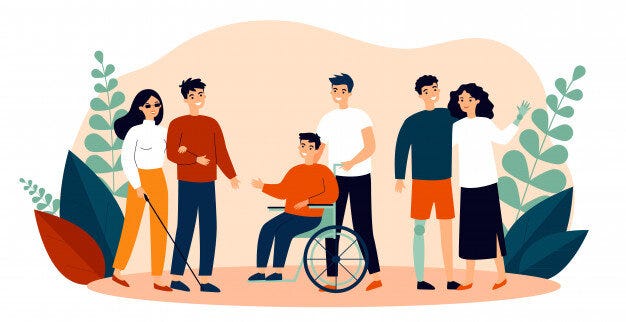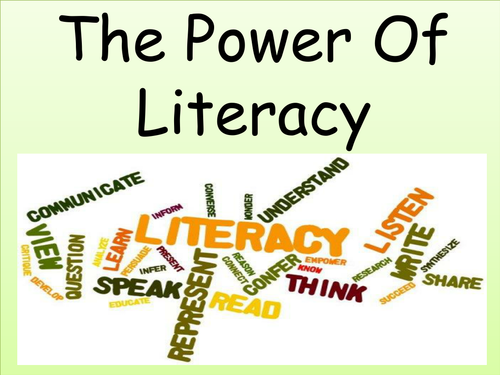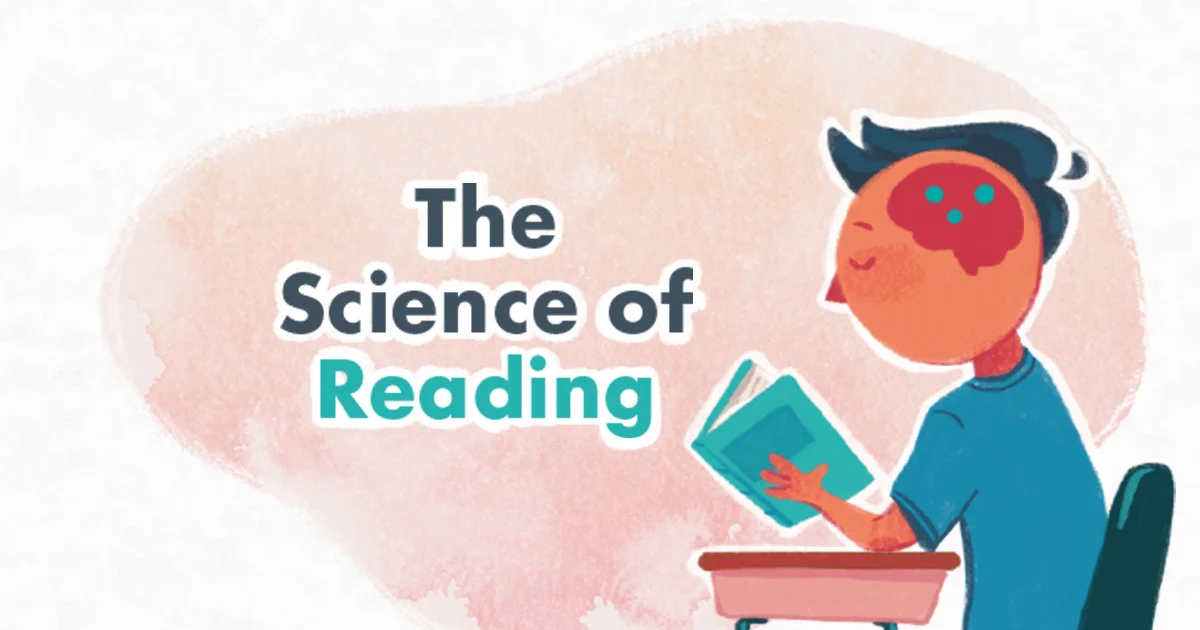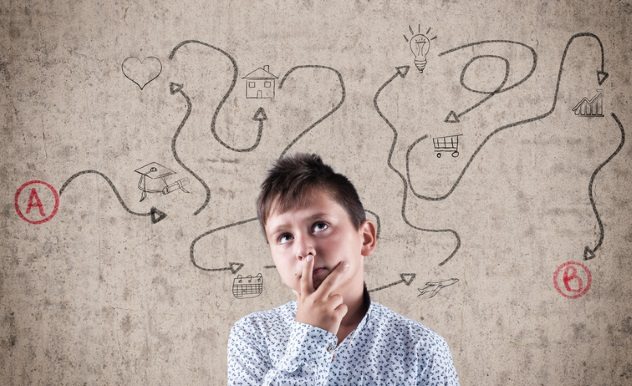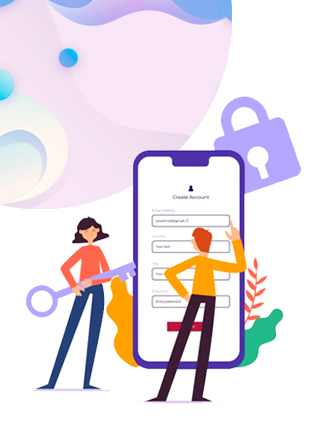Education is the most powerful tool for social development and transformation. In the era of a knowledge-based economy, education acts as the key to long-term and sustainable development. However, to ensure sustainable development, provision for ‘education for all’ including persons with disabilities is essential. The phrase ‘education for all children ‘leads us to the philosophy of inclusive education which is about all children irrespective of their caste, class, gender, and disabilities, experiencing quality education with their peers. It is about the removal of educational disparities for ‘all’ children. Although terms such as mainstreaming, integration, and inclusion have emerged in the area of special education, their connotations differ in different situations, cultures, and countries, in short, the concept of inclusion and the ways and means to achieve it differ with each country and culture, it is culture and context-specific. For example, in developed countries, it is the children with disabilities who are the major focus for inclusion in mainstream education whereas generally in developing countries inclusive education means the inclusion of an enormous number of socially and economically disadvantaged children belonging to diverse social cultural, and linguistic groups, in the educational process. According to Christensen, inclusion must regard all student's needs as part of the fabric of human experiences. Inclusion thus translates into education for all excluded groups of learners affected by issues such as poverty, war, neglect, social stratification, child labour, etc. In the words of Madan Mohan Jha “Removing barriers and bringing all children together in school irrespective of their physical and mental abilities social and economic status, and securing their participation in learning activities leads to the initiation of the process of inclusive education.” Thus inclusion is not only meant for children with disabilities but all children who are facing barriers to learning. In both developed and developing countries, inclusive education is a process of change, not a product. Inclusion is an effort to make sure that diverse learners – those with disabilities, different languages and cultures, different homes and family lives, and different interests and ways of learning – are exposed to teaching strategies that reach them as individual learners.
The basic premise of inclusion is based on the principles of social justice and equality of educational opportunities. As already has been said the concepts of mainstreaming, integration, and inclusion emerged in the fields of special education. According to Salamanca Framework for Action, 1994 the fundamental principle of inclusive schools is that all children should learn together, wherever possible regardless of any difficulties and differences they may have. Inclusive schools must recognize and respond to the diverse needs of their students, accommodating both their different styles and rates of learning and ensuring quality education to all through appropriate curricula, organizational arrangements, teaching strategies, resource use, and partnerships with their 9 communities. There should be a continuum of support and services to match the continuum of special needs in every school.
Since Salamanca, the term inclusive education has been interpreted differently in different nations. The concept of inclusive education emerged as a rebellion against segregated schools for children with disabilities and advocated for equal opportunity of education for all children including children with disabilities. Accordingly, Slee argued that the term has lost its original meaning which originated to reject the psycho-medical explanations of educational difficulties. The social model of disability, as a result of disabled people’s movement for equal considerations and entitlements, paved the way for inclusive education and resulted in the recognition of the rights of disabled people and consequently affirmed the right of children with disabilities to be educated in regular schools. Ainscow, et al. (2006) have developed a typology of six ways of thinking about inclusion. These are:
- 1. Inclusion is concerned with disabled students and others categorized as having specialized educational needs;
- 2. Inclusion as a response to disciplinary exclusion;
- 3. Inclusion about all groups seen as being vulnerable to exclusion;
- 4. Inclusion is developing the school for all;
- 5. Inclusion as education for all;
- 6. Inclusion as a principled approach to education and society.
Inclusive education in India
In India, the concept of inclusive education, still in a developing mode, on the whole, is applied to the education of children with disabilities. In post-independent India various educational committees, commissions, and educational policies e.g. Kothari Commission (1964), NPE (1986), and POA (1992) have emphasized the importance of inclusive education albeit in a restricted way (Jha, 2002). The NPE endorses the definition of inclusive education as provided in the Rights of PwD Act 2016. However, it brings PwD under the umbrella term Socio-Economically Disadvantaged Groups (SEDG) along with other marginalized sections of the society. The last two decades have witnessed an ever-growing body of research literature on the efficacy, need, and policy perspectives of inclusive education. Apparently, in the last twenty years, this term has appeared in various documents and policy papers. From time to time various Acts have been enacted to guarantee equality of educational opportunities and to promote inclusive education. The Act that meant to safeguard the rights of persons with disabilities is The Rights of Persons with disabilities act, 2016, it defines inclusive education as ‘“inclusive education” a system of education wherein students with and without disabilities learn together and the system of teaching and learning is suitably adapted to meet the learning needs of different types of students with disabilities.”
The Act mandates inclusive education for persons with disabilities. It ensures that children with benchmark disability, between the ages of 6 to 18 have the right to free education in a regular school or a special school if required. The act also mandates that 5 percent of seats be reserved for persons with disabilities in all higher institutions and to allow relaxation in the upper age limit by five years. The act has laid out specific guidelines for institutions to facilitate the smooth inclusion of persons with disabilities by making the premise accessible, disabled-friendly, and supportive, and to sensitize all the stakeholders to ensure a conducive environment for them to learn.
However, according to a study, the implementation of the Act across India is quite slow affecting the education of persons with disabilities as well. There are other challenges in achieving the goals of inclusive education such being infrastructure. Making premise disabled friendly in terms of infrastructure entails huge expenditure thereby there continues to be a lack of physical infrastructure, lack of assistive devices, and information and communication technology. Another issue is governance-related. The education of children with disabilities doesn’t fall within the purview of the education ministry. It is the burden of the omnibus Ministry of Social Justice and Empowerment, which is more concerned with their rehabilitation than their education.
The need of the hour is making these schools disabled-friendly by providing various amenities and facilities for children with disabilities. All the necessary physical and human resources have to be provided to them if the school is to function on the philosophy of inclusive education which hopes to provide every child the equal opportunity to participate in school activities regardless of ability and achievement. It means restructuring the whole pedagogical structure to incorporate their specific needs, revival the curricula that largely cater to the needs of the general population, producing books and other assistive devices to help these children, and last but not least restructuring the physical environment of the school e.g. the building, playground, etc which are not at all disabled friendly at present. The most important element of the educational process- the teachers needs to be sensitized towards children with disabilities, if the aim of inclusive education is to be achieved. Full inclusion of these children will need huge financial resources for creating infrastructure in terms of special teachers, resource persons, counselors, and guidance personnel, and for creating a barrier-free environment –both physical and social all children with disabilities can access good quality education.




